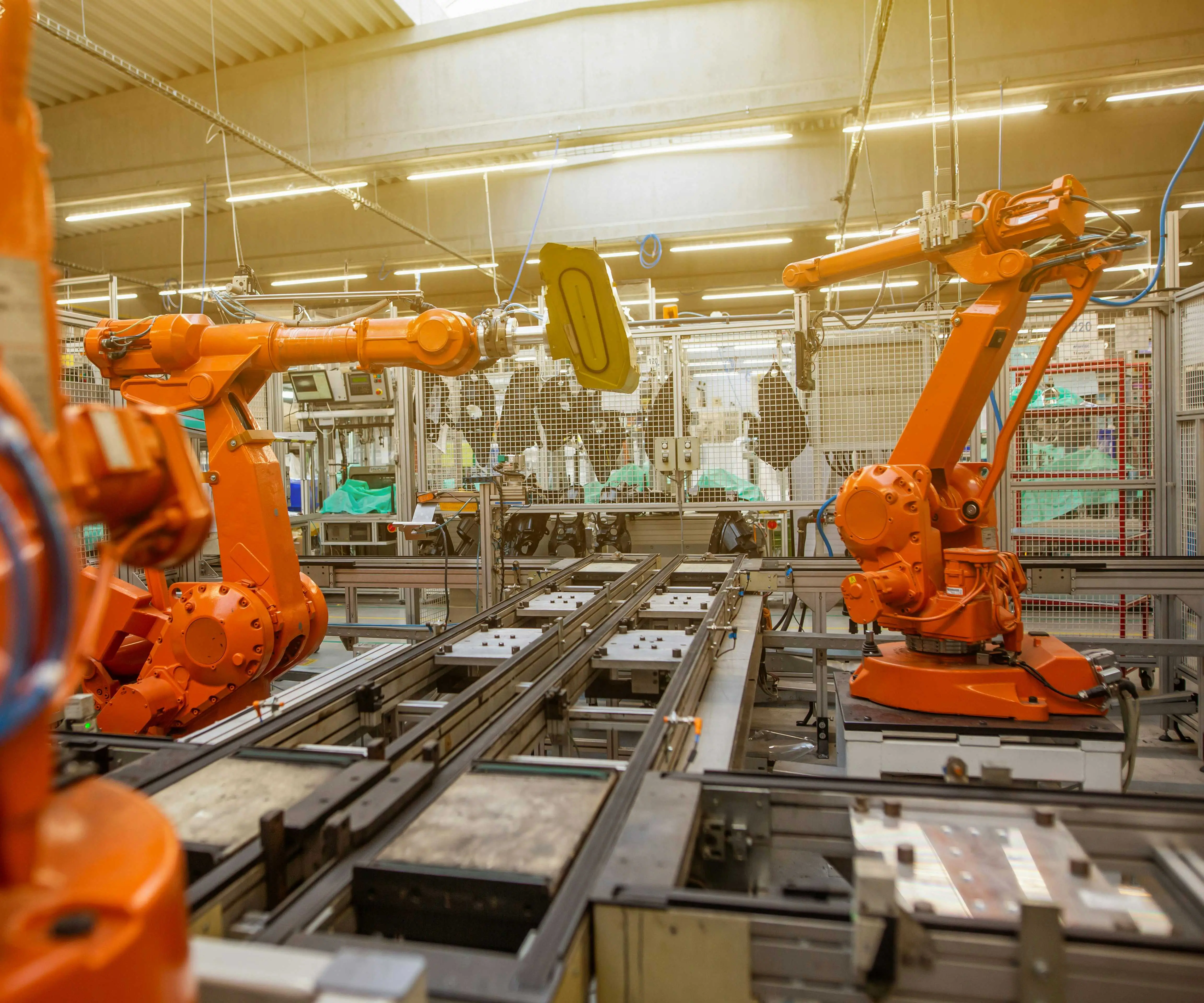Thinking about turning a brushless motor into a generator? It’s a question that pops up more often than you’d think. The short answer: yes, you can. But let’s dig into what that really means, because it’s not quite as simple as swapping parts and hitting switch.

Brushless motors are pretty clever devices. They’re designed to spin smoothly and efficiently, with no brushes to wear out, which makes them perfect for a lot of modern applications. But when you steer them in the opposite direction—using them as generators—they behave a bit differently. It’s almost like turning a race car engine into a lawnmower engine. Technically possible? Sure. Effective? Well, that depends.
One of the biggest advantages here is their high efficiency. Since brushless motors are built for smooth operation, they can generate electricity quite cleanly when driven by a suitable source—say a turbine, a windmill, or a hand-crank. Think about wind turbines: many of them use similar principles, converting kinetic energy into electrical energy seamlessly. A brushless motor, with its permanent magnets and carefully designed stator, is well-suited for that kind of energy transformation.
But here’s where things get interesting. Not all brushless motors are equal. Some are geared for high RPMs, which might produce voltage at levels that are tough to handle without proper regulation. Others are designed with specific magnetic configurations that could result in uneven currents or lower power output when used as generators. So, choosing the right type is key.
Now, if you’re thinking about using one for small-scale projects—like camping power supplies or experimental setups—it’s pretty straightforward. Just hook up a load, spin the rotor, and see what happens. But for bigger applications, it’s smart to add a rectifier circuit if you want stable DC, or a good inverter for AC. That’s where the engineering magic comes in, managing voltage fluctuations and maintaining consistent output.
It’s worth noting that some setups are quite popular in renewable energy because of their adaptability. Small wind turbines, for example, often use brushless motors repurposed as generators. People love the idea of getting multiple uses from a single component, especially when it keeps costs down and performance up.
There might be questions about durability, though. Since the motor wasn’t specifically designed as a generator, it might lack the cooling or structural features of a true generator. That doesn't mean it won’t work, just that you should keep an eye on heat buildup and mechanical stress. Proper mounting and cooling can make a big difference.
So, if you’re pondering whether you can turn a brushless motor into a generator, it’s a confident yes—provided you align expectations with the product specs. Think of it more as a versatile tool in your energy toolkit, adaptable and capable but requiring some finesse. With the right setup, it can power up lights, charge batteries, or run small appliances. Just always remember: the devil’s in the details.
Now, that’s a quick ride through the what and how. Sometimes, the thrill comes from experimenting and tweaking to get just the right output. After all, innovation often isn’t about sticking to the rules but bending them just enough.
Leveraging innovations in modular drive technology, Kpower integrates high-performance motors, precision reducers, and multi-protocol control systems to provide efficient and customized smart drive system solutions.




































